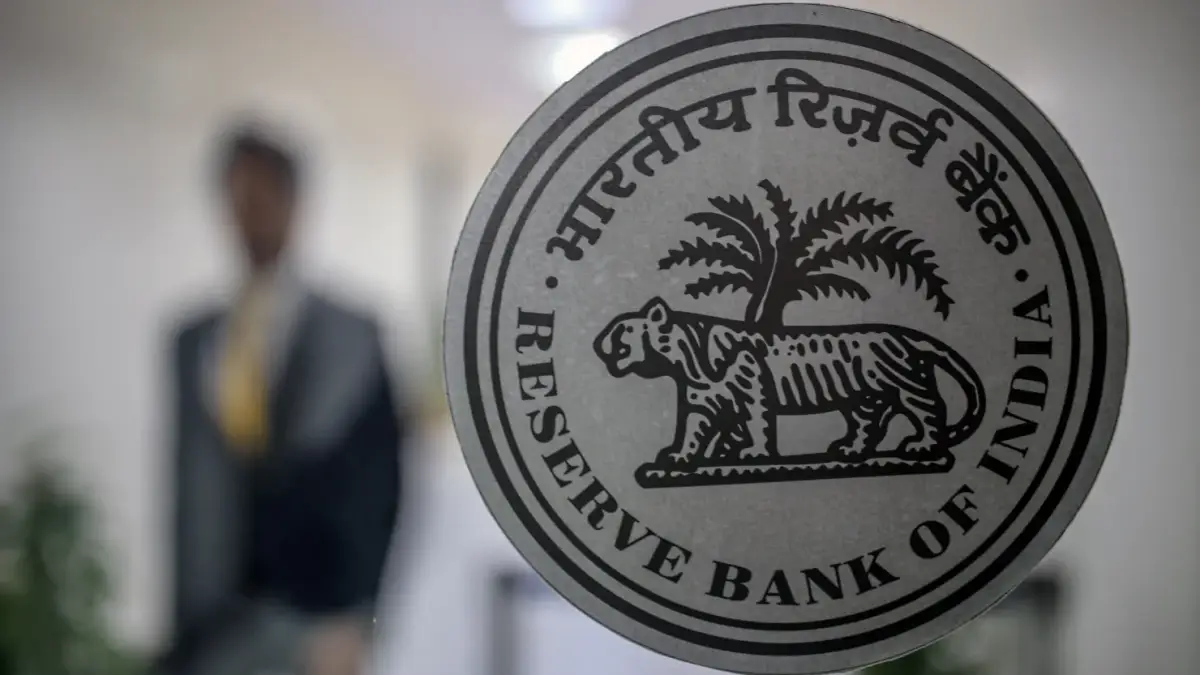India’s central bank, the Reserve Bank of India (RBI), kept its benchmark interest rate unchanged at 6.50% on Friday, prioritizing inflation control while acknowledging challenges to economic growth. The decision aligns with market expectations as inflation surged to a 14-month high of 6.21% in October, well above the central bank’s target range of 4%-6%.
RBI Governor Shaktikanta Das announced a downward revision to the country’s GDP growth forecast for fiscal year 2025, lowering it to 6.6% from an earlier estimate of 7.2%. Das emphasized that domestic economic slowdown had “bottomed out” in the September quarter, but the sharp deceleration remains a concern.
Liquidity Measures and Economic Context
To address liquidity concerns, the RBI reduced the cash reserve ratio for banks by 50 basis points to 4.0%. The move aims to inject liquidity into Asia’s third-largest economy without exacerbating inflationary pressures.
India’s GDP grew by 5.4% year-over-year in the July-September quarter, significantly missing economists’ forecasts of 6.5% and marking the slowest growth in nearly two years. This has prompted calls from Finance Minister Nirmala Sitharaman and Trade Minister Piyush Goyal for more affordable borrowing costs to stimulate demand and support industries.
No Immediate Rate Cuts
Despite the pressures, Governor Das ruled out immediate rate cuts, reiterating a cautious approach. “An interest rate cut at this stage would be very premature and risky,” Das said, maintaining the central bank’s neutral policy stance.
The RBI’s current stance contrasts with global central banks, which are increasingly adopting accommodative policies. Das, whose term concludes this month, underscored the risks of monetary easing, including potential depreciation of the Indian rupee and capital outflows.
Market and Currency Reactions
The Indian rupee remained stable following the RBI’s announcement, trading at 84.666 against the U.S. dollar. Meanwhile, the Nifty 50 index was flat, erasing earlier losses. Indian bonds saw some movement, with the 10-year benchmark yield rising slightly to 6.711%, after hitting its lowest level since February 2022 earlier this week.
Year-to-date, the Nifty 50 index has risen 13.7%, outperforming the MSCI Asia ex Japan index, which is down approximately 12%.
Outlook
As inflationary pressures persist and growth slows, the RBI faces a delicate balancing act. Policymakers will closely monitor economic data, global trends, and currency stability before making further monetary policy adjustments.






